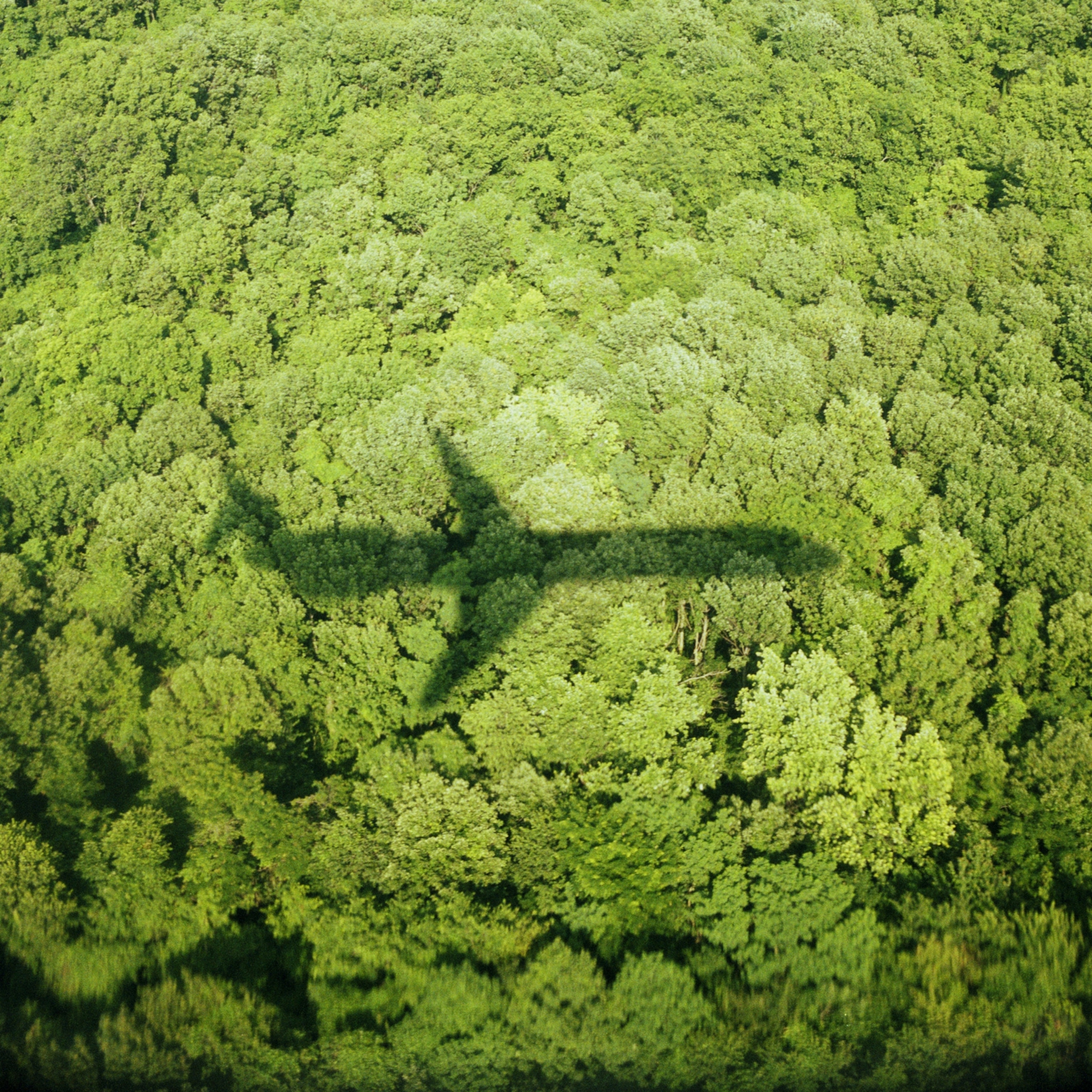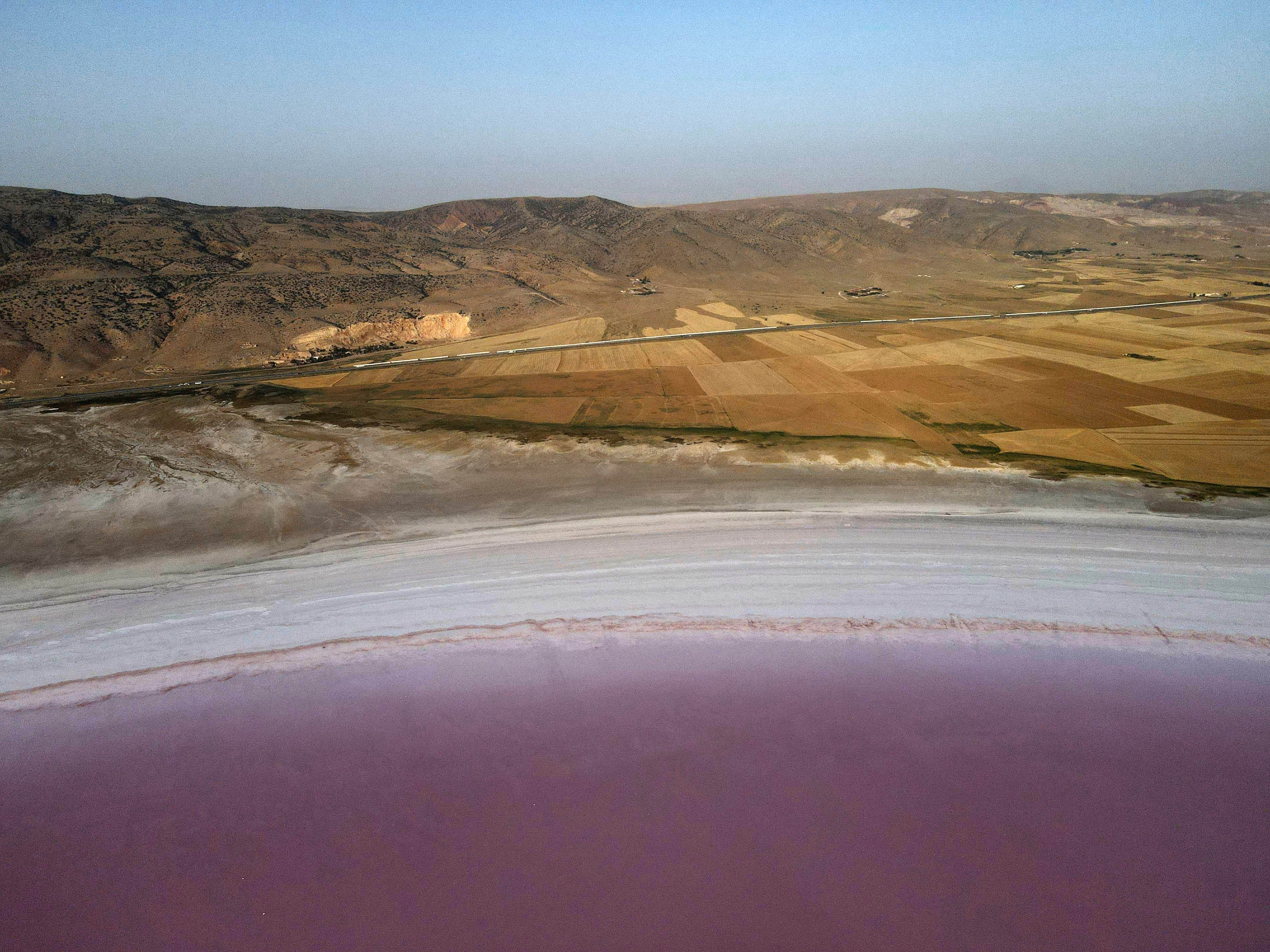Can technology save our forests?
As the world’s forests continue to shrink, how can technology from satellites to smartphones be used to win the war against illegal deforestation?
In 2019, orbiting 500 miles above the Earth, the NOAA-20 satellite pointed its cameras at South America and captured a disturbing sight. In an image that stretched from the Pacific to the Atlantic, great clouds of gray smoke could be seen layered above the lush greens of the Amazon: large areas of rainforest were on fire. The likely cause was illegal land clearing for agriculture; that the smoke was seen from space is symbolic of the scale of destruction. It also hints at how technology can be used to stop further deforestation.
(Being there: how technology can bring us closer to nature – and help protect it.)
Since the end of the last ice age our planet has lost a third of its forests, and nearly 25 million additional acres disappear every year. Looking at one graph of population growth and deforestation, the ascending lines follow a strikingly similar trajectory. Since the emergence of agriculture, humans have deliberately set fire to forests to clear land for growing crops and grazing animals to feed themselves. With our global population fast approaching eight billion, the temptation to clear more forests for commercial agriculture is great. But many of the world’s forests are protected, not only for their natural beauty, but because they are key in addressing two other crises: biodiversity loss and climate change. These realities have combined to highlight the global problem of illegal deforestation.

This is where technology starts to help. Today satellites like NOAA-20 can provide real-time images of the Earth to accurately identify and track illegal deforestation as it happens. From spotting the smoke of fires to detecting the telltale scars where swathes of trees have been cleared, detailed satellite images can pinpoint deforestation at even a small scale, enabling authorities to take early action. Making this satellite data easily available to the people who can use it is Global Forest Watch 2.0. Overseen by the World Resources Institute and involving more than 70 partners, Global Forest Watch is a free service that provides open-source data on the world’s forests to governments and organizations that can use the information to spot and stop unauthorized deforestation.
(Spain: taking sustainable energy to the next level)
Coming down to Earth, technology to detect deforestation is being fitted to the trees themselves. In Indonesia, an innovative pilot project is using old mobile phones to listen for the sounds of logging: trucks and chainsaws. The phones, already equipped with microphones and GPS, and upgraded with modern software and solar panels, are attached to trees to form a network of listening stations across the forest. The phone sends a short recording of suspicious sounds to parties who can verify and check out the location and take action—or alert authorities.
Indigenous peoples are the custodians of 36 percent of the world’s large, intact forests; providing these communities with smartphones has empowered them to better protect the land they on which they live and rely—in some cases cutting deforestation in half. Crowdsourcing apps, such as This Is My Backyard (TIMBY) used by the World Wildlife Fund and other organizations, enable people all around the globe to upload alerts, photos, and videos of deforestation from their smartphones so these images can be collated, verified, and acted upon. Blockchains are also proving valuable. By storing land ownership details on a shared distributed and decentralized database, blockchains protect information and ensure that it can’t be tampered with—making it harder to steal or illegally sell protected areas of forest.
Technology is not only helping to prevent deforestation, but is also making it easier to restore cleared forests. Drones have been designed to help speed up reforestation with a fully automated process: They map and identify the best places to replant, and then shoot pods into the soil that contain pre-germinated seeds along with the nutrients necessary for healthy growth. These drones can plant trees in hard-to-reach places at a lower cost—and up to 10 times faster—than traditional methods. While the world’s forests continue to shrink, such technology could be the answer to planting a lot of trees very quickly.
Global brands like Unilever have made the commitment to source their raw materials more responsibly by empowering smallholders and working with suppliers who share the company’s environmental ambitions. One of Unilever’s key commitments is to a deforestation-free supply chain by 2023. To make this a reality, the company is working to achieve fuller traceability and transparency in its supply chain—especially for crops like soy and palm oil. In some supply chains, these products arrive for processing at third-party mills from many different farms, but mixed together for transport, making it difficult to know from where these ingredients were sourced—including illegally cleared forests.
To improve traceability beyond the accepted industry standard, Unilever has partnered with tech company Orbital Insight to use technology to monitor the crucial, but complex, first mile of its supply chain. This innovative pilot scheme employs geolocation data to spot traffic patterns between farms and mills: A consistent flow of traffic between a particular area of land and a mill suggests that this land is a source of raw materials—and a potential source in Unilever’s extended supply chain.
With a clearer picture of where crops originate, Unilever then uses technology to search for signs of illegal deforestation. This includes Unilever’s partnership with Descartes Labs, a company using AI machine learning to analyze satellite data and identify deforestation with very high levels of accuracy. Information obtained through this analysis enables Unilever to take direct action to protect the forests around its supply chains.
From satellites in space to smartphones on the ground, technology plays a crucial role in fighting illegal deforestation all around the world. But while it can help prevent damage done, the long-term solution is to address the underlying causes, including finding ways to farm without the need to constantly carve out fresh fields from our forests. From individuals and NGOs to governments and global brands, the focus needs to be on promoting better farming practices, such as regenerative agriculture, which keeps soils healthy enough to farm the same land over and again, and productive enough to meet the world’s growing needs.. These actions taken now will help us to preserve the forests we have, and restore the forests we’ve lost—for the good of people and the planet.







